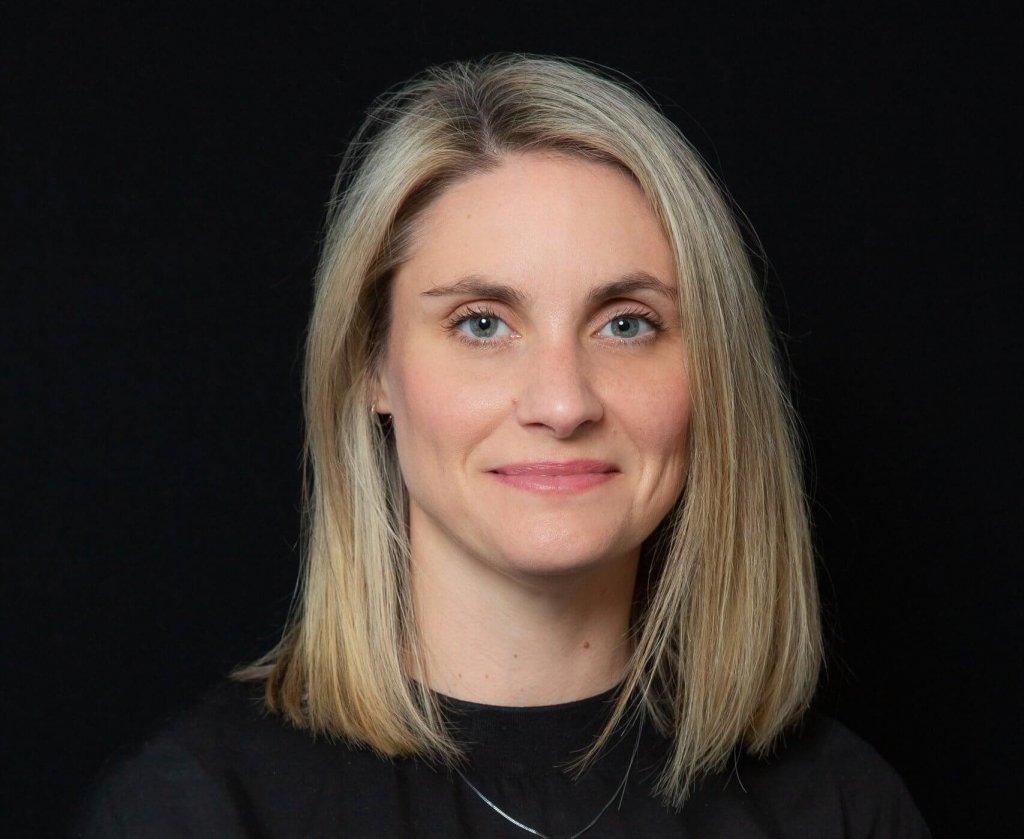When did you join Ontoit?
I joined Ontoit in July 2021. I had been with my previous employer – a large construction company – for 13 years before my switch to the client side.
Was it difficult being female in the construction industry?
Traditionally there have been few women in construction, while still the minority that’s slowly changing. I was very fortunate to have a wonderful female mentor when I began my career as a design manager.
What attracted you to Ontoit?
I had met and worked with Ontoit consultants on projects for about 15 years and they were always professional, consultative, collaborative and creative problem solvers.
They were always very approachable, which I think speaks highly of the internal culture of an organisation. I also could see that there were women in senior positions at Ontoit and that was also important for me.
What do you like most about working at Ontoit?
The projects and the clients are interesting and share our values of professionalism, integrity, leadership and creativity. There’s a culture of collaborative problem solving and knowledge sharing. Ontoit provides an opportunity to move around internally if you want so you are not siloed within the business.
How does the Ontoit culture present itself?
I came on board during COVID, so I didn’t have the benefit of being in an office where the culture is percolating, and you connect with it just by being there. With COVID you don’t have the benefits of meeting up with people in person, having a coffee and all that sort of activity.
From the moment I arrived I could see the importance placed on the culture; people took the time to introduce themselves and regularly check in with you on virtual platforms, in a genuine way.
You come from a design management background. What does a design manager do?
Going through university, ‘design manager’ wasn’t a traditional role to pursue. Design management is something that I gratefully fell into. I had completed a degree in architecture, but I also wanted to be part of the construction side, so design management provides a great balance.
To answer the question simply: we manage the design on behalf of our clients, the commercial aspects, the quality aspects and the program aspects that must be considered and synergised while developing and delivering the design.
It involves first and foremost understanding what our client’s brief is, the project objectives and then developing documentation with a diverse range of people, consultants, designers and stakeholders, who often have competing needs, to deliver an outcome.
What do you do when you get an urgent request that needs to be delivered against the odds with a short deadline?
I’m probably speaking for everyone in the industry when I say it’s the nature of what we do daily. Often we have requests that are urgent and unexpected, or tasks and problems that arise that weren’t anticipated.
The role of the design manager, in this context, is to use our creative problem-solving skills, bringing the most capable team together to solve the problem.
What are the most interesting projects for you?
Probably the most challenging and rewarding projects are larger-scale public-infrastructure projects with multiple stakeholders and complex briefs that require you to work closely with the design team to distil, interpret and execute that information.
It’s great to be part of projects where you can see the positive impact you have on the community.
What’s the secret to successful project management?
There are the obvious hard skills that you need – an understanding of the technical details, organisation and time management, and commercial awareness. However, a real key is also having the soft skills of communication, relationship building and connectedness. Teamwork and collaboration are paramount. Without a project manager who sees the importance of these skills, I think – unfortunately – the project may not go as well as it should.
Where are you volunteering?
At my son’s kindergarten. They’re passionate about exploring ways of promoting community understanding of Victorian First Nations’ heritage and culture. It’s similar to previous projects I’ve worked on and will involve consulting with First Nations groups in the area, talking to them about how they would like their history to be interpreted and then working with designers to execute that. It’s a long process but extremely rewarding.
What would be your key piece of advice to young women entering the construction industry today?
Be your authentic self – your difference makes you memorable. Also seek out other like-minded people in the industry. I was extremely fortunate to have a female mentor who has been a long-standing friend, coach and champion. Surrounding myself with a great network has been invaluable to my career. As I’ve moved through, I see how important it is that I also pay it forward. I can see that without the level of guidance and support I received my trajectory could have been very different.
